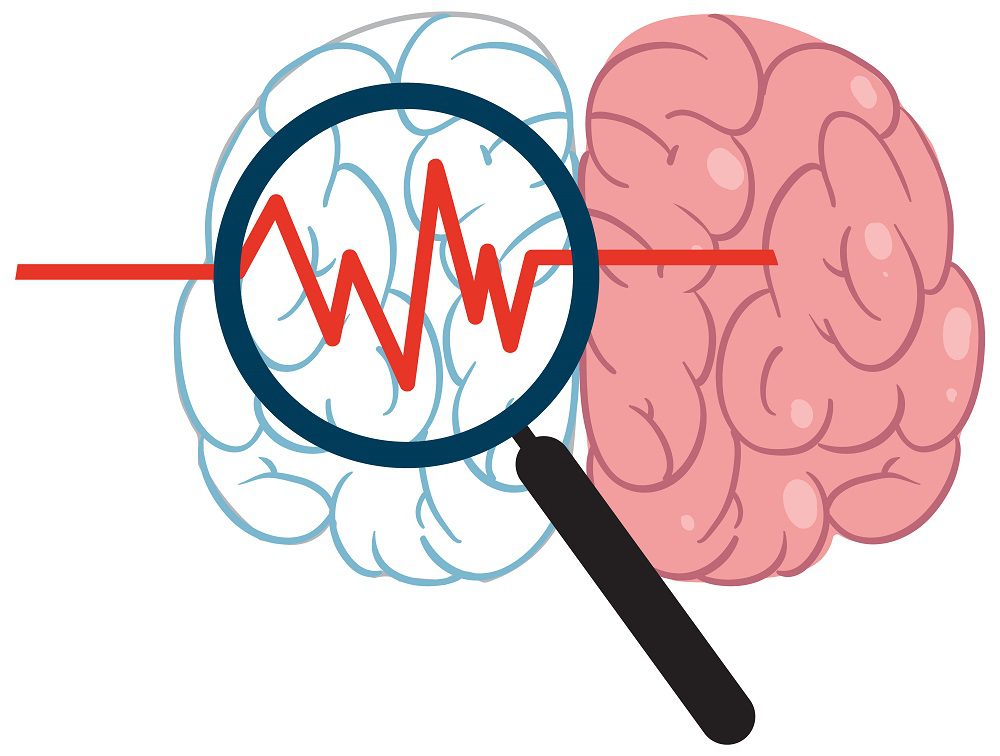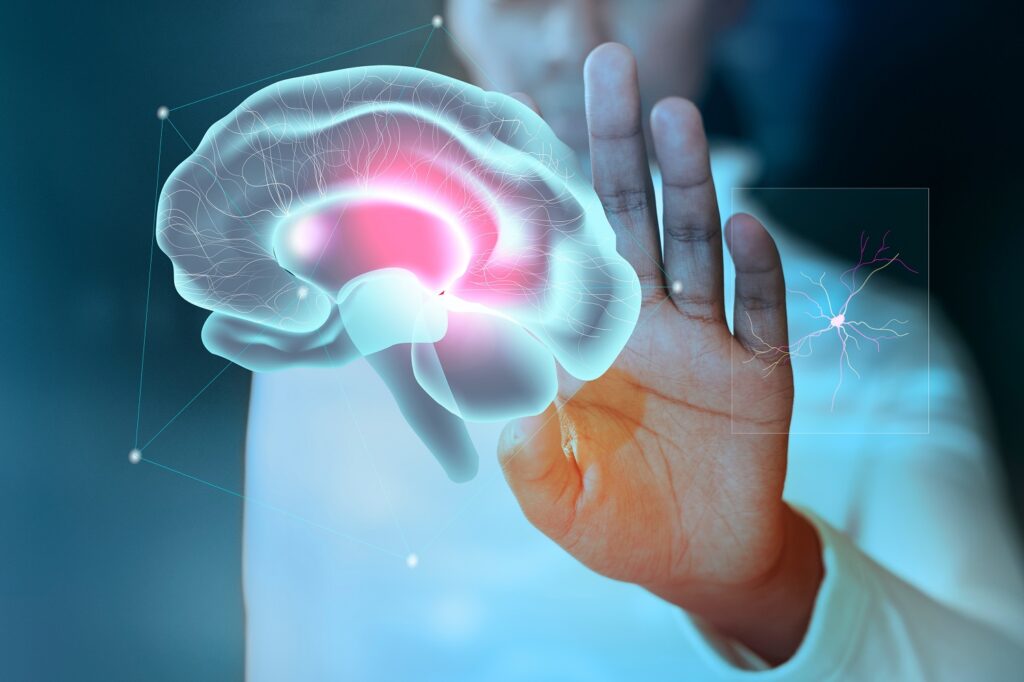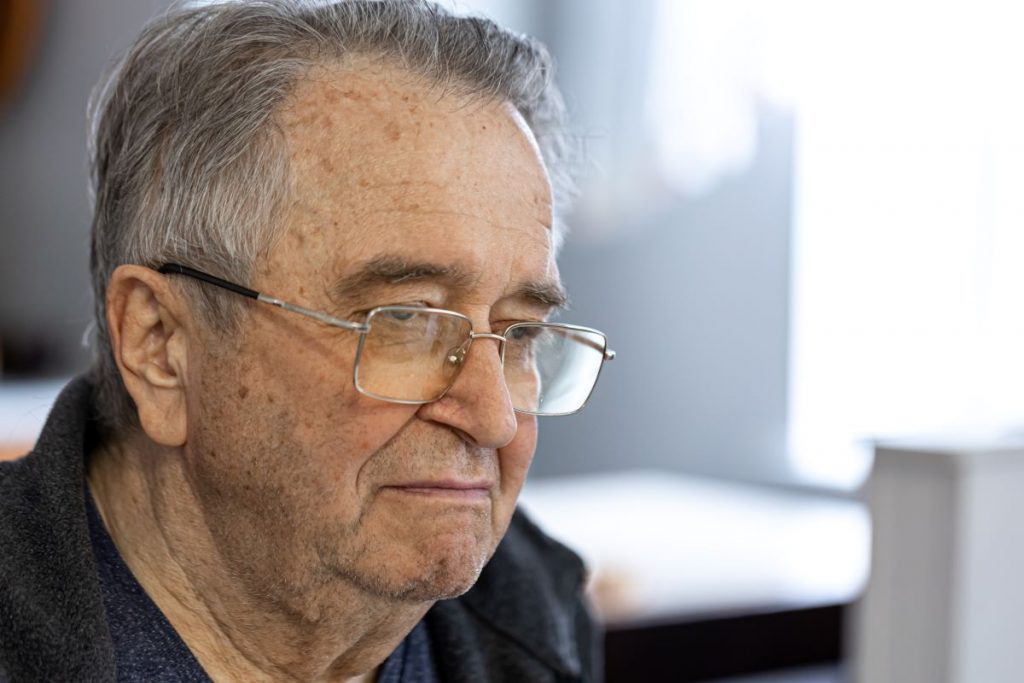Most individuals who experience aphasia after a stroke recover to some extent, with the majority of gains taking place in the first year. The nature and time course of this recovery process is only partially understood, especially its dependence on lesion location and extent, which are the most important determinants of outcome. This study provides a comprehensive description of patterns of recovery from aphasia in the first year after stroke. Patients with circumscribed frontal lesions recovered well, consistent with some previous observations. More surprisingly, most patients with larger frontal lesions extending into the parietal or temporal lobes also recovered well.
There were striking differences between speech/language domains in their rates of recovery and relationships to overall language function. These findings have an immediate clinical application in that they will enable clinicians to estimate the likely course of recovery for individual patients, as well as the uncertainty of these predictions, based on acutely observable neurological factors.















